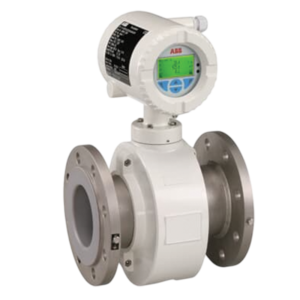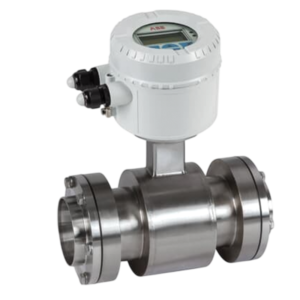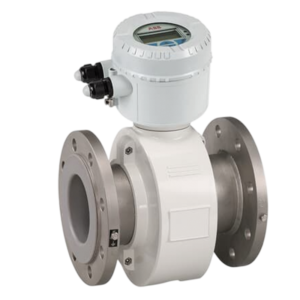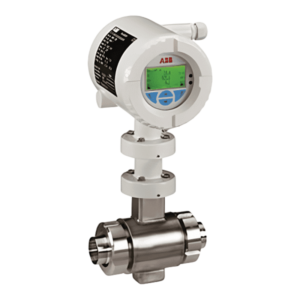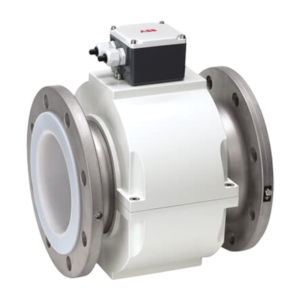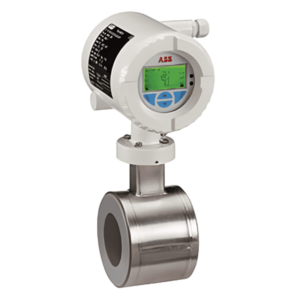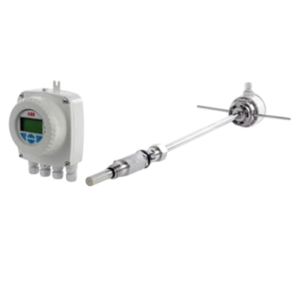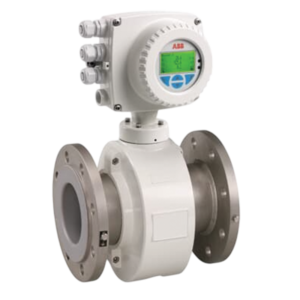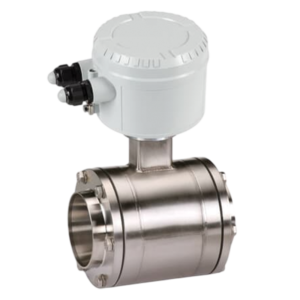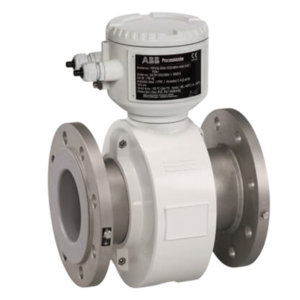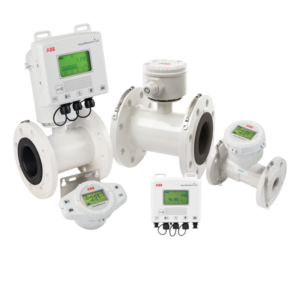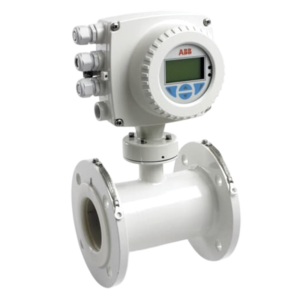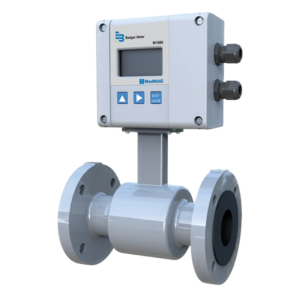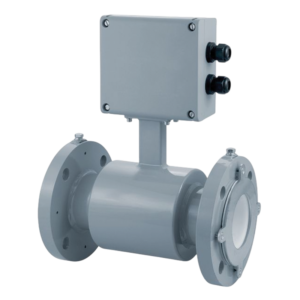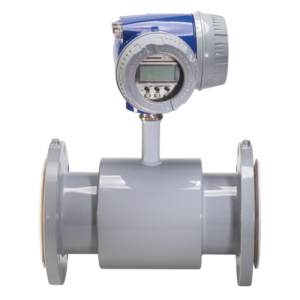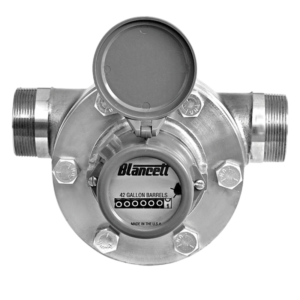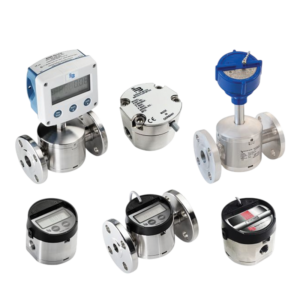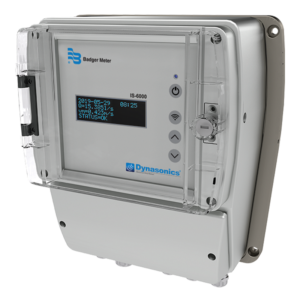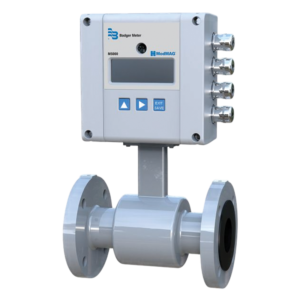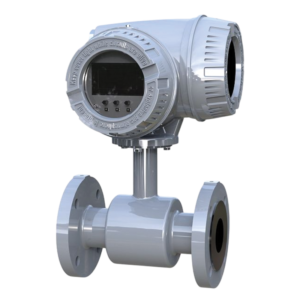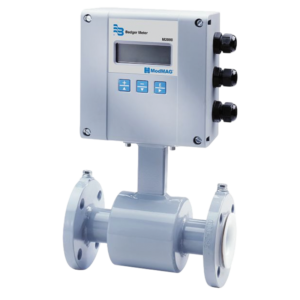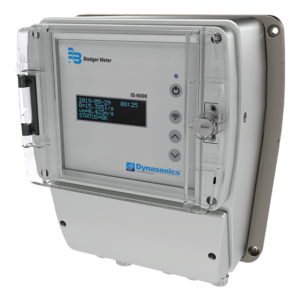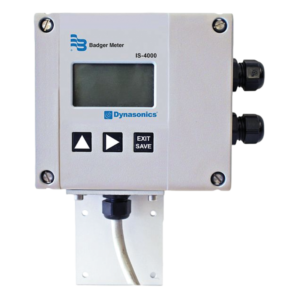Electromagnetic Flowmeters
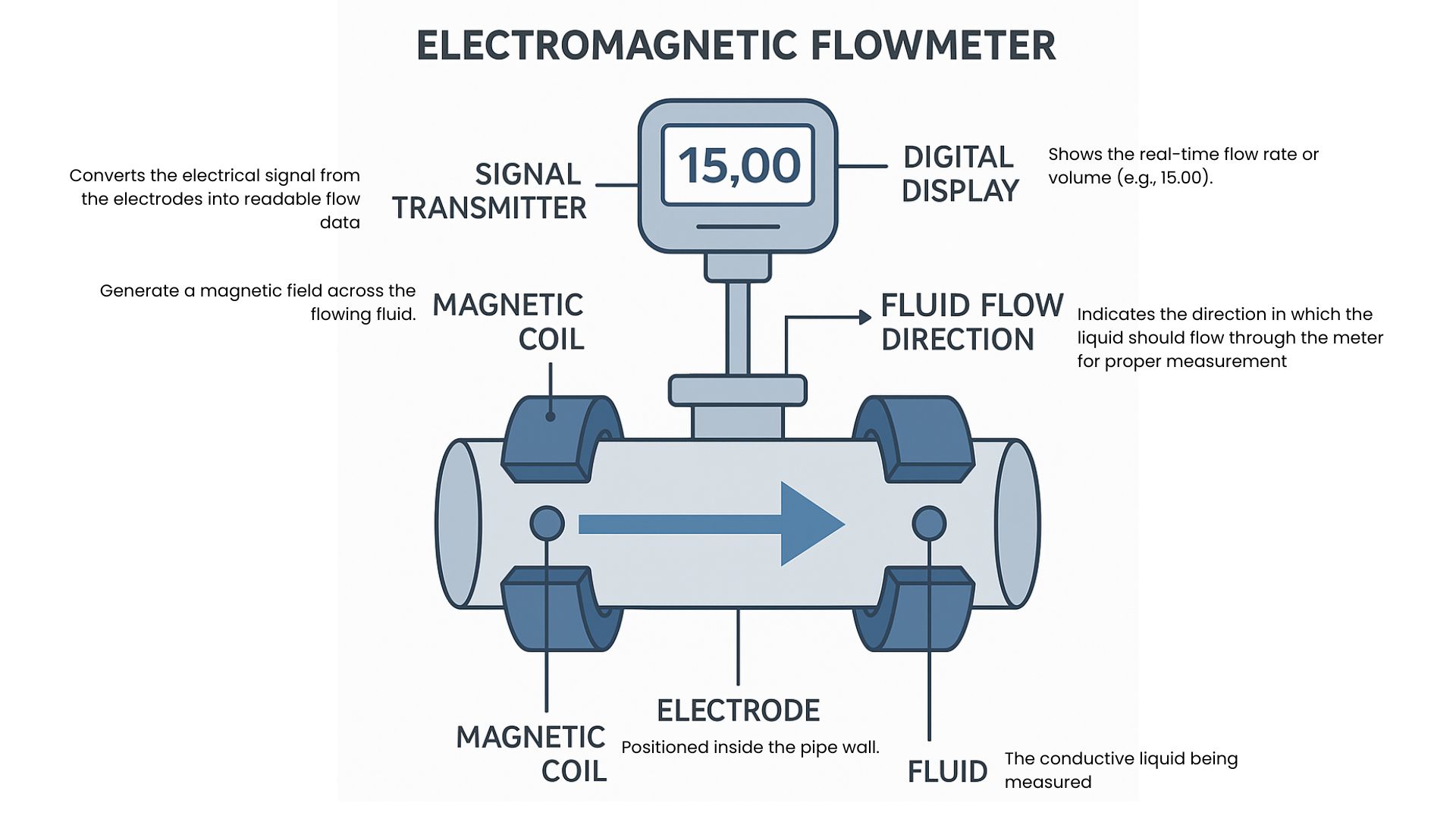
The electromagnetic flow meter is an advanced electronic flow measurement device based on Faraday’s Law, and its working principle is that a conductive liquid passing through a magnetic field generates voltage proportional to flow velocity. If you’re wondering how does an electromagnetic flow meter work, or asking what is the working principle of electromagnetic flow meter, it’s all about magnetic fields, induced voltage, and non-intrusive measurement. The electromagnetic flowmeter diagram shows magnetic coils, electrodes, and a transmitter — making it easy to understand the electromagnetic flowmeter principle. For accurate, real-time flow monitoring, especially in water systems, the electromagnetic water flow meter is widely used. … Still confused about what is electronic flow meter? It’s a modern solution using electronic sensing and display, including ultrasonic flow meter types that work on sound wave technology — ideal for non-conductive fluids. When trading globally, knowing the electromagnetic flowmeter HS code (typically 902610) ensures smooth customs clearance. Like every device, there are electromagnetic flow meter advantages and disadvantages: they offer high accuracy and zero pressure drop but only work with conductive liquids. In essence, whether you’re looking to understand any flowmeter option, from electromagnetic to ultrasonic, Aaxis Nano provides complete, reliable, and customized solutions tailored to your industrial needs — from selection to installation.
Electromagnetic Flowmeters- ABB
Badger Meter Products
Flow Meters
What is an Electromagnetic Flow Meter?
An electromagnetic flow meter (also known as a mag meter) is a non-intrusive flow measuring device that uses Faraday’s Law of Electromagnetic Induction to determine the flow rate of conductive liquids. These meters are ideal for dirty, corrosive, and slurry-type fluids and are widely used in water and wastewater, chemical processing, and industrial automation.Why Choose Aaxis Nano Flow Meters?
-
- High Accuracy: Up to ±0.2% of reading
-
- No Moving Parts: Ensures low maintenance
-
- Full Bore & Insertion Types: Suitable for all pipe sizes
-
- Bi-directional Measurement
-
- Battery-Powered and Loop-Powered Models
-
- Field Communication: Modbus, HART, Profibus
Featured Electromagnetic Flow Meters
We bring to you a curated selection of Badger Meter flow measurement solutions:1. M1000 Electromagnetic Flowmeter
-
- Cost-effective, compact, and designed for OEM or general industrial use
-
- Application: Water distribution, batching, food processing
2. M7600 Electromagnetic Flowmeter
-
- Excellent for clean and dirty liquids, with minimal installation footprint
-
- Application: Industrial water, wastewater treatment
3. M4000 Electromagnetic Flowmeter
-
- High-accuracy, programmable signal processing
-
- Application: Irrigation, pulp & paper, steel plants
4. M5000 Electromagnetic Flowmeter
-
- Battery-operated model for remote, unpowered installations
-
- Application: Utility metering, field usage, agriculture
5. M2000 Electromagnetic Flowmeter
-
- Multi-functional, industrial-grade model with robust design
-
- Application: HVAC, chemical dosing, water plants
Additional Flow Measurement Solutions
| Model Name | Type | Application Area |
|---|---|---|
| M3000 Electromagnetic Flowmeter | Full-featured for industrial environments | Power, pharma, petrochemical |
| 900 Series Flowmeter | Highly versatile | General-purpose industry usage |
| IS-6000 Non-Contact Radar Flowmeter | Radar-based, non-contact measurement | River, open channel, remote flow locations |
| IS-6000 Doppler Area Velocity | Doppler-based open channel monitoring | Wastewater outflow, storm water channels |
| IS-4000 Open Channel Flowmeter | Optimized for channels and surface flows | Sewage plants, surface runoff monitoring |
| Oval Gear Flow Meter | Positive displacement for viscous liquids | Oil, fuel, adhesives, paints |

